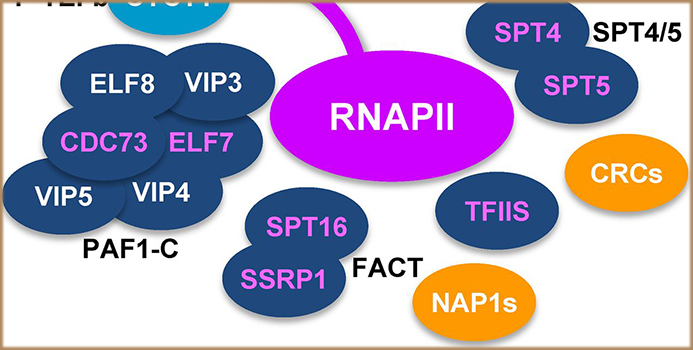
Intricacies of Transcription Elongation
Research, The Plant Cell, The Plant Cell: In a Nutshell0 Comments
/
Antosz et al. provide insight into the complex process of transcription elongation by RNA polymerase II http://www.plantcell.org/content/29/4/854.abstract
The genetic blueprint for the production of proteins is stored in the DNA of a plant cell. In a first step, the enzyme RNA polymerase II generates…

Rapid cytosolic calcium elevations in Arabidopsis during aphid feeding
Plant Science Research Weekly, ResearchCalcium signaling is a common plant response to many different stimuli. Vincent et al. used a fluorescent calcium reporter, GCaMP3, to record calcium responses in Arabidopsis to feeding by aphids (specifically, the green peach aphid Myzus persicae). Through analysis of various mutants, key components…
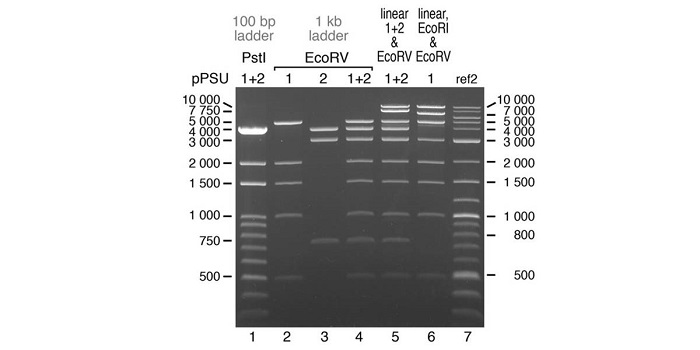
The pPSU plasmids for generating DNA molecular weight markers
Plant Science Research Weekly, ResearchAnyone who is trying to manage a laboratory on a budget will enjoy reading about the efforts of Henrici et al., who have designed a pair of plasmids that together can be digested with one of two restriction enzymes to produce either 100-bp or 1000-bp DNA molecular weight markers. As the authors report,…
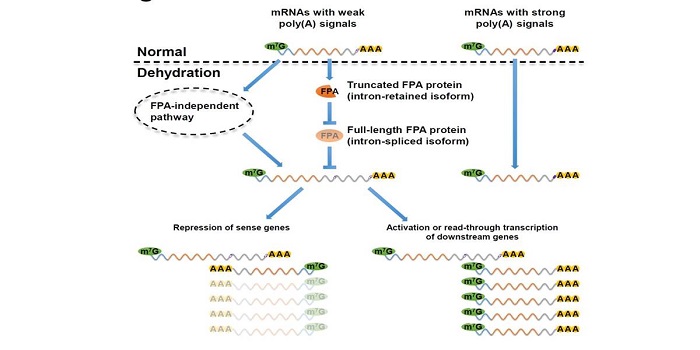
Dehydration stress extends mRNA 3′ UTRs with noncoding RNA functions ($)
Plant Science Research Weekly, ResearchSun et al. observed that under dehydration stress, many genes showed a 3′ untranslated region (3′ UTR) extension of roughly 200 – 800 nucleotides. The outcome of these extensions appears to be the regulation of other genes. For example, through their extension, many (more than 600) of the extended…
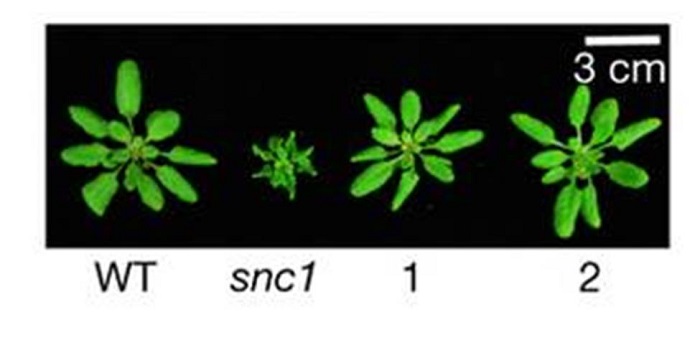
Global translational reprogramming of plant immune response, and engineering of disease resistance through regulated translation ($)
Plant Science Research Weekly, ResearchPlants fight back when pathogens attack, and in the first of a pair of papers Xu et al. have revealed a new insight into this response by demonstrating a significant translational upregulation of many defense-response mRNAs (10.1038/nature22371). Previously, this group showed that the translation of…
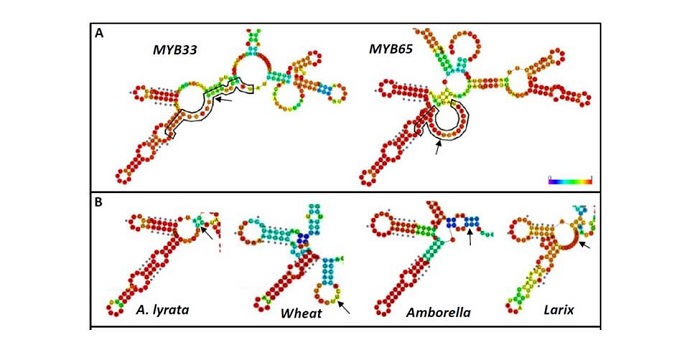
Target RNA secondary structure is a major determinant of miR159 efficacy
Plant Science Research Weekly, ResearchThe interactions with microRNAs (miRNAs) and their targets in plants is assumed to be dependent largely on complementarity between the two RNAs. Zheng et al. investigated the interactions between miR159 and its putative targets, mRNA of several MYB genes, each with similar complementarity to the miRNA.…
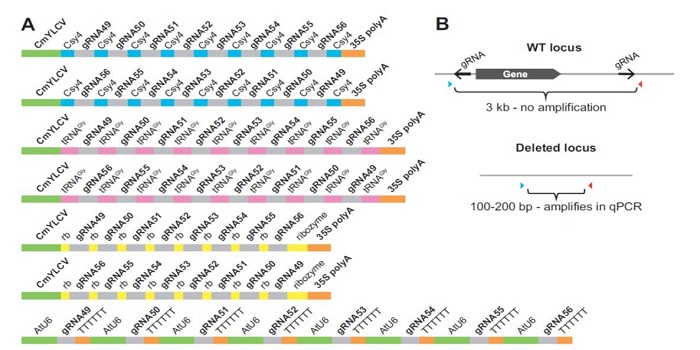
A multi-purpose toolkit to enable advanced genome engineering in plants
Plant Science Research Weekly, ResearchPrecise genome editing holds tremendous promise for meeting future food security needs and sustainable agriculture. Čermák et al. describe a set of reagents that facilitate genome editing in plants, based on both TALEN (Transcription Activator-Like Effector Nucleases) and CRISPR/Cas technologies. Precise…

Arabidopsis proteins with a transposon-related domain act in gene silencing
Plant Science Research Weekly, ResearchWhile screening for mutants in gene silencing, Ikeda et al. identified mail1, which shows elevated expression of transposable elements (TEs) and protein-coding genes, indicating that MAIL1 (MAINTENANCE OF MERISTEM-LIKE1) is required for epigenetic silencing of some genes. However, mail1 does not differ…
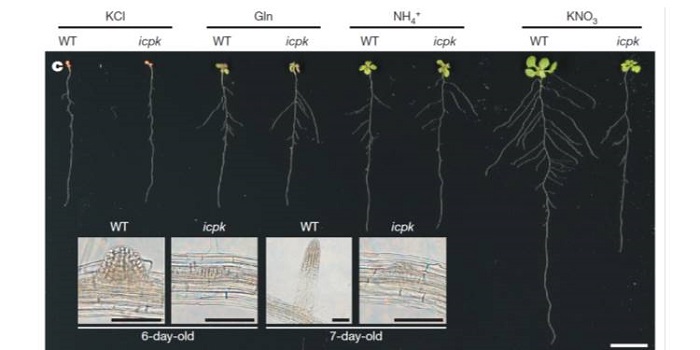
Discovery of nitrate–CPK–NLP signalling in central nutrient–growth networks ($)
Plant Science Research Weekly, ResearchNitrate acts as a potent signal as well as a source of nutritional nitrogen, but key players in the nitrate response have been missing from our understanding. Liu et al. identified a unique calcium signal stimulated by nitrate in mesophyll cells. They then found that in vitro kinase activity of Ca2+-sensor…

